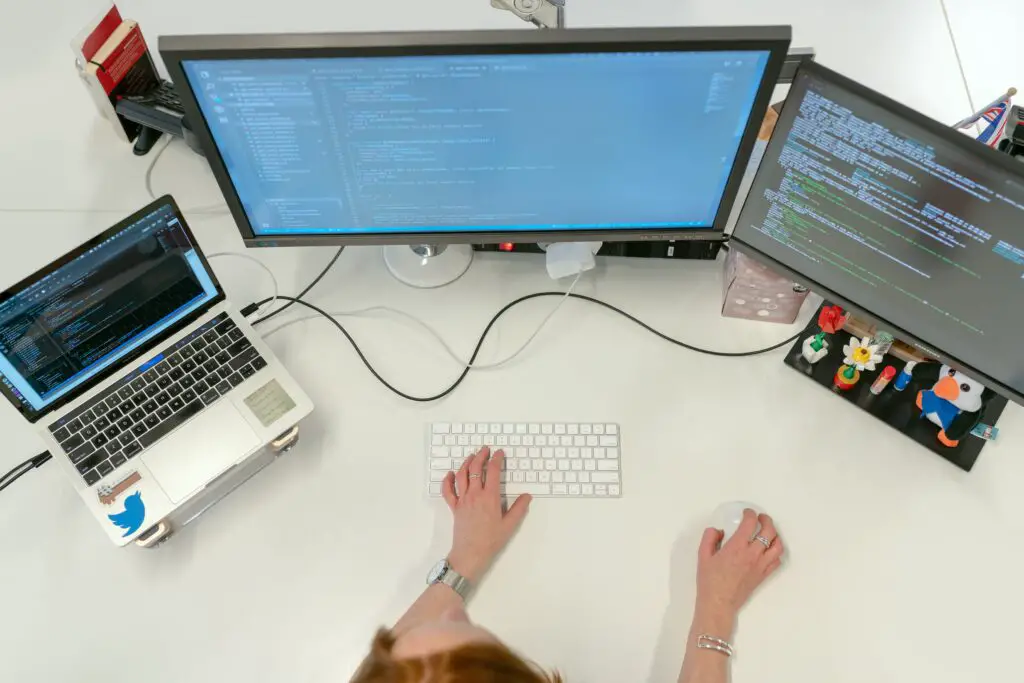Embracing Virtualization with VirtualBox on Ubuntu 20.04
Venturing into the world of virtualization presents a gateway to a realm where multiple operating systems coalesce harmoniously within a single hardware setup. Ubuntu 20.04, an epitome of open-source prowess, beckons enthusiasts and professionals alike to harness this potential through VirtualBox, a robust platform enabling the creation and management of virtual machines with finesse. Let’s embark on an exploration to unearth the intricacies of installing VirtualBox on Ubuntu 20.04, unfurling a path that democratizes the realm of operating systems.

Understanding Virtualization:
A Prelude to VirtualBox
Before delving into the installation process, understanding the fundamental tenets of virtualization lays a sturdy foundation. Virtualization empowers one to run multiple operating systems simultaneously on a single physical machine. This technology, rooted in the abstraction of hardware resources, facilitates the creation of virtual environments termed as “virtual machines” (VMs). These VMs encapsulate an entire operating system, allowing users to experiment, develop, and test various software configurations without interference with the host system. The nuanced layers of virtualization, including hardware virtualization and software emulation, harmonize to orchestrate a symphony of versatile computing environments.
Unveiling VirtualBox:
A Versatile Virtualization Tool
VirtualBox, an open-source, feature-rich, and cross-platform virtualization software, stands tall as a quintessential choice for VM creation and management. Developed by Oracle, this stalwart software provides an intuitive graphical user interface (GUI) coupled with robust functionality, catering to both novice enthusiasts and seasoned professionals. Its prowess extends to supporting a plethora of guest operating systems, including Linux, Windows, macOS, and more. With a modular design and extensible nature, VirtualBox flexes its capabilities through a pluggable architecture and extensive API support, ensuring adaptability to diverse user requirements.
Prerequisites for Installation:
Laying the Groundwork
To embark on the VirtualBox installation journey, a few prerequisites need attention. Ubuntu 20.04 should be up-to-date with the latest system patches and updates. Ensuring that the system repositories are refreshed and the apt package manager is ready to embrace new software installations is crucial. Additionally, the system’s architecture, whether 32-bit or 64-bit, should align with the intended VirtualBox installation package. Verifying the system’s hardware virtualization support in the BIOS settings amplifies the VM’s performance and functionality.
Installing VirtualBox:
A Step-by-Step Guide
The installation process of VirtualBox on Ubuntu 20.04 commences with adding the Oracle VirtualBox repository to the system’s repository list. This step necessitates the use of the terminal and involves the addition of the repository’s GPG key to ensure a secure installation. Subsequently, updating the system repositories enables access to the VirtualBox package, facilitating a seamless installation using the apt package manager. Command-line aficionados can employ the terminal prowess to execute concise commands, while GUI enthusiasts can opt for the Software Center for a visually intuitive installation journey.
Configuring VirtualBox:
Post-Installation Marvels
Upon successful installation, configuring VirtualBox unveils a plethora of options to fine-tune the virtualized environments. Enabling USB support, setting up shared folders between the host and guest systems, and configuring network settings to facilitate seamless communication within the virtual ecosystem amplifies the user experience. Leveraging snapshots, a compelling feature in VirtualBox, empowers users to capture the VM’s state at a particular point, facilitating experimentation without fear of compromising the system’s integrity.
Embarking on the virtualization odyssey via VirtualBox on Ubuntu 20.04 transmutes the conventional boundaries of operating systems into a harmonious coexistence. Understanding the nuances of virtualization, coupled with the prowess of VirtualBox, unfurls a tapestry of possibilities, where multiple OS realms converge within a single hardware tapestry. As we journey through the installation and configuration labyrinth, the virtual landscape metamorphoses into a canvas for innovation, experimentation, and seamless integration of diverse computing environments.
